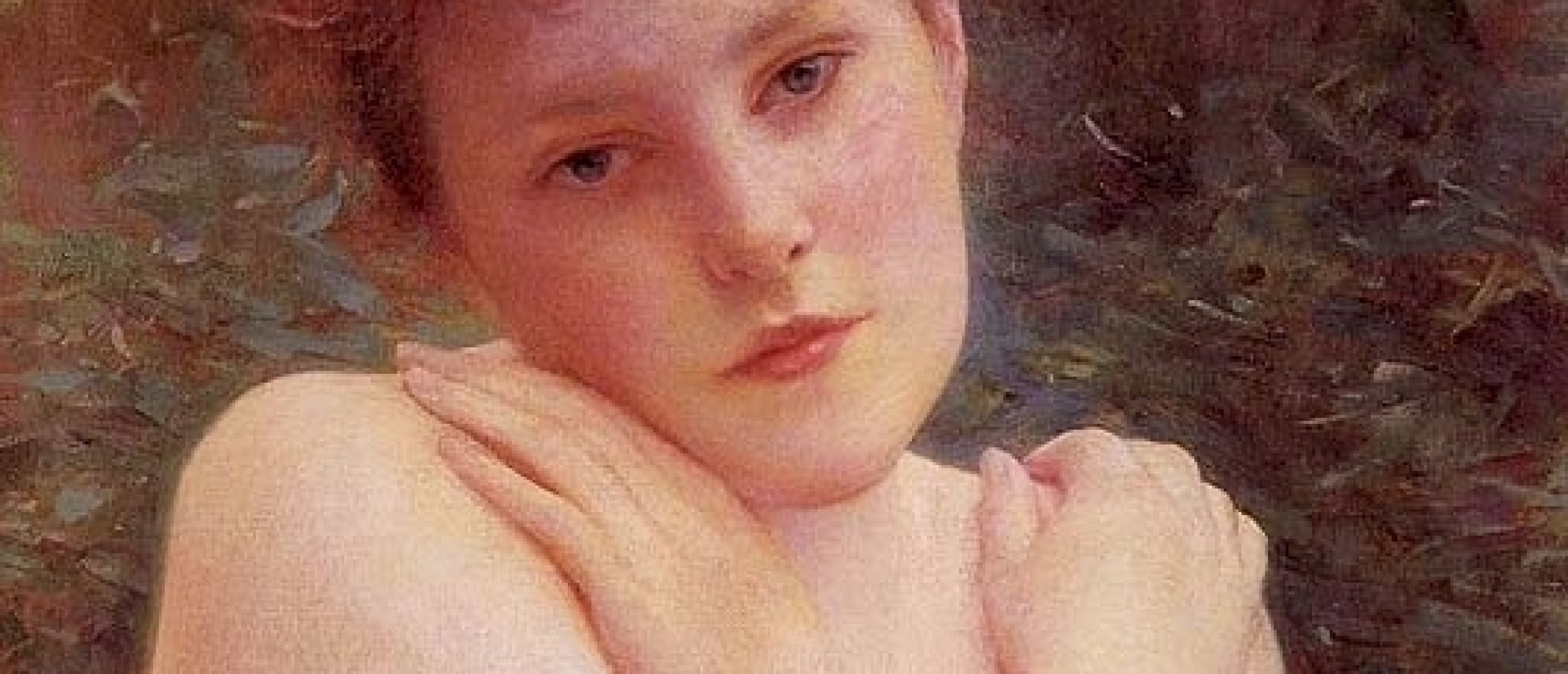
Raphaël Collin (1850-1916), the painter whose works we examine in the current article, provided bonds between French and Japanese art, as his studio was attended by prominent Japanese masters such as Kuroda Seiki, Kume Keiichirō, and Okada Saburōsuke. These painters would become the leaders of the yōga (or Western-style) movement in the fine arts of the East. For his mentorship, Collin would be honored with the Order of the Rising Sun of Japan. The artist is famous for his nudes as well as for illustrations of Songs of Bilitis and the Greek novel Daphnis and Chloe written by Longus. Though Collin tended toward academism, some of his works wear a modern touch, like the drawing Crucified Female, which resembles controversial oeuvres of Felicien Rops.
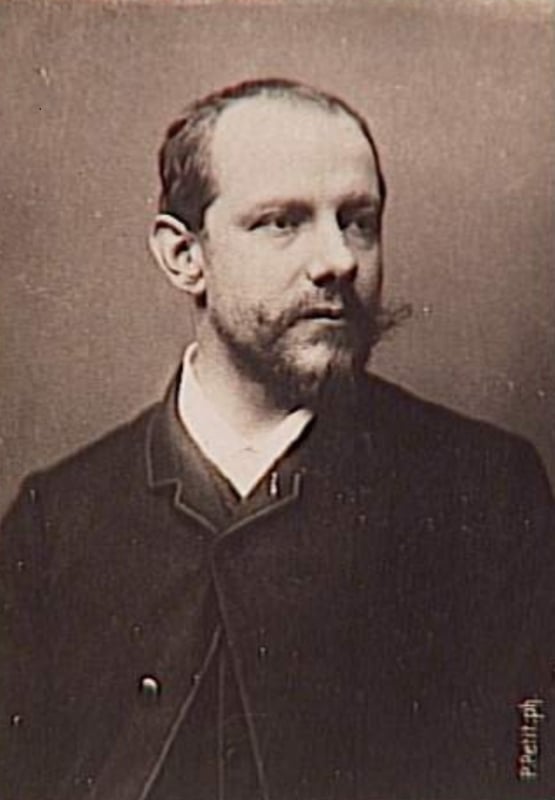
Fig. 1. Raphaël Collin (Wikipedia.org)
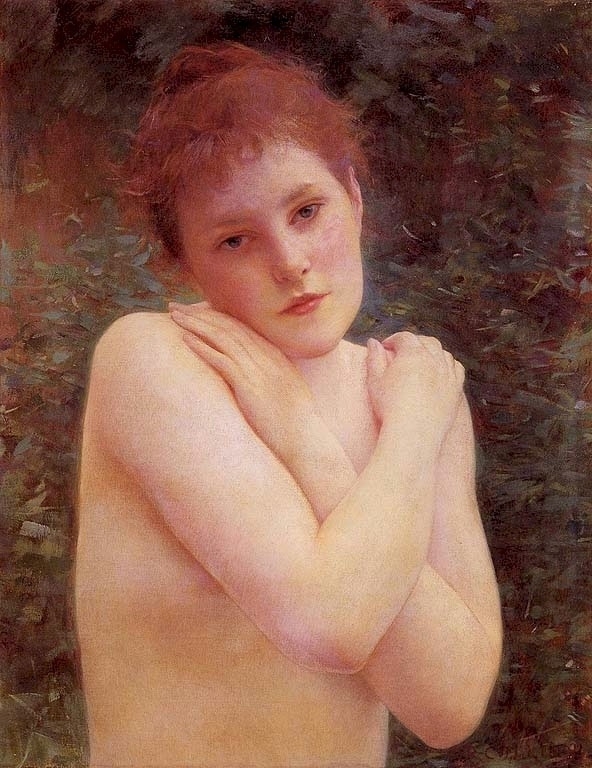
Fig. 2. Nude (Wikipedia.org)
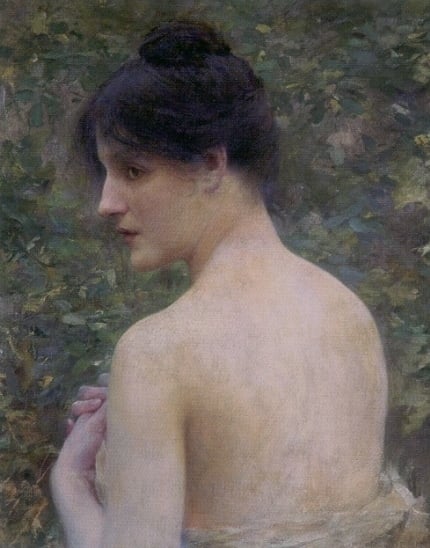
Fig. 3. The Beauty Portrait (Wikipedia.org)
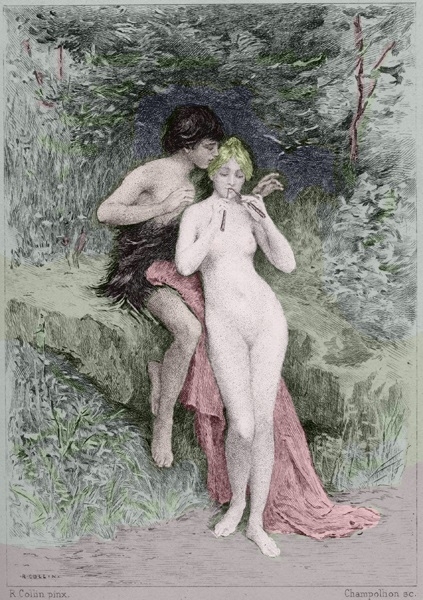
Fig. 4. Daphnis and Chloe (Wikipedia.org)

Fig. 5. Crucified Woman (Wikipedia.org)
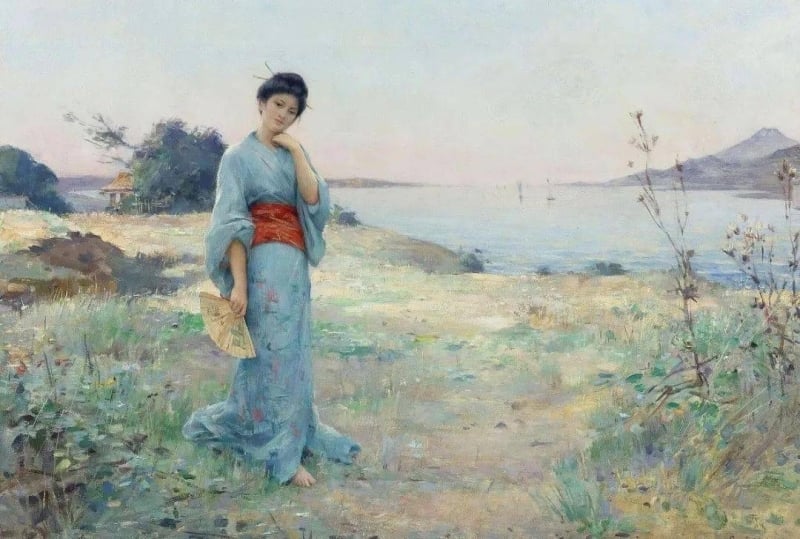
Fig. 6. The Blue Kimono (sohu.com)
Born Of Crisis
Louis-Joseph-Raphaël Collin was the son of Nicolas Pierre Collin, the librarian and amateur painter who exhibited at the Paris Salon from 1865 to 1870. His studies began at the Lycée Saint-Louis. In the middle of the 1860s, he enrolled in the École des beaux-arts de Paris and became a pupil of William Bouguereau, then joined the class of Alexandre Cabanel. Since 1873, Collin had been successfully exhibiting at the Salon. Winning prestigious prizes, he had a lot of commissions for murals. He also designed a number of Theodor Deck's decorative plates. Collin's distinctive manner was developed across academism and expressionism. In the second half of the 19th century, there was a crisis of academism, so new generations of painters sought new techniques. Collin combined the naturalistic depiction of the human body with impressionist usage of light and color. The painting On The Seashore (1892) is, in our view, one of the most flattering examples of the conjunction of two fine art traditions. But the signature of the artist was his other work, Floreal. Shown at the Salon in 1886, it was purchased by the French Government and exposed in the Musee de Luxembourg. In the 1880s, Collin not only produced pictures but also cultivated orchids, lilies, and peonies in his garden, where models posed for him.
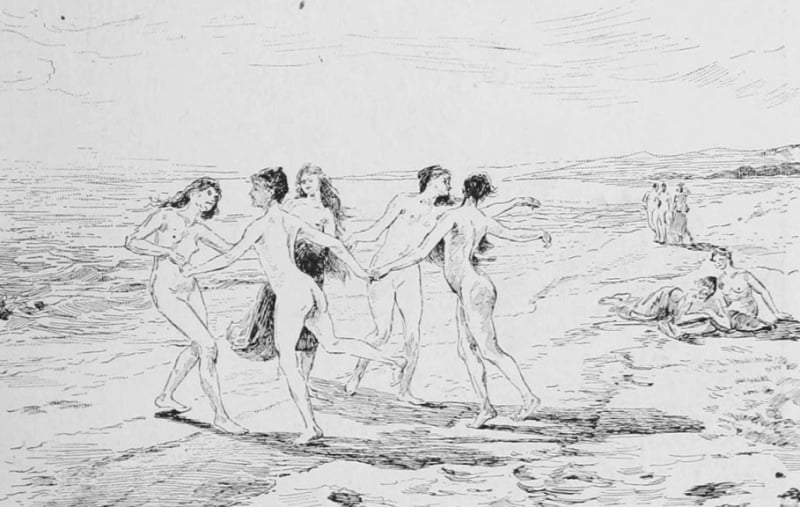
Fig. 7. On the Seashore, 1892, drawing (Wikipedia.org)
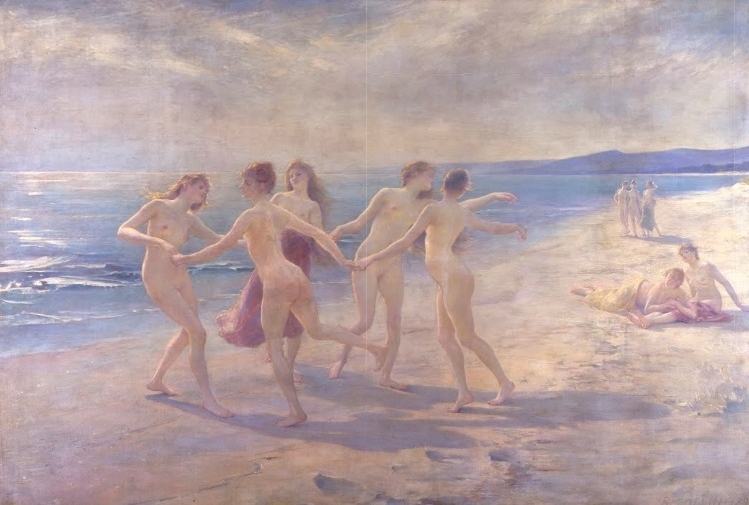
Fig. 8. On the Seashore, 1892, painting (plaza.rakuten.co.jp)
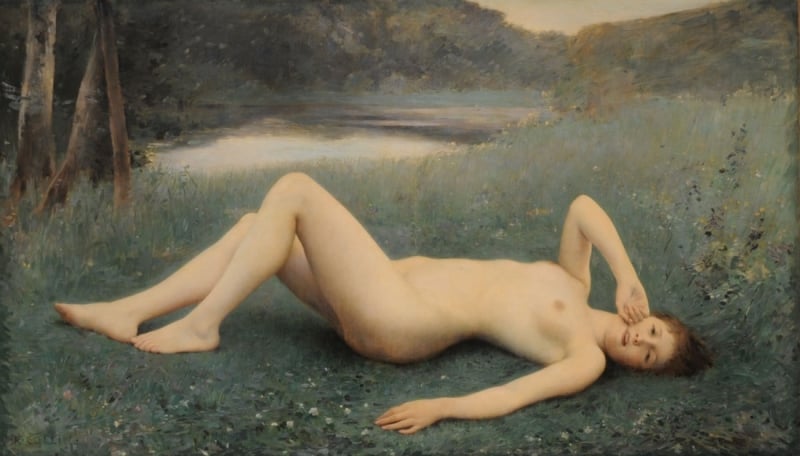
Fig. 9. Floreal, 1886 (Wikipedia.org)
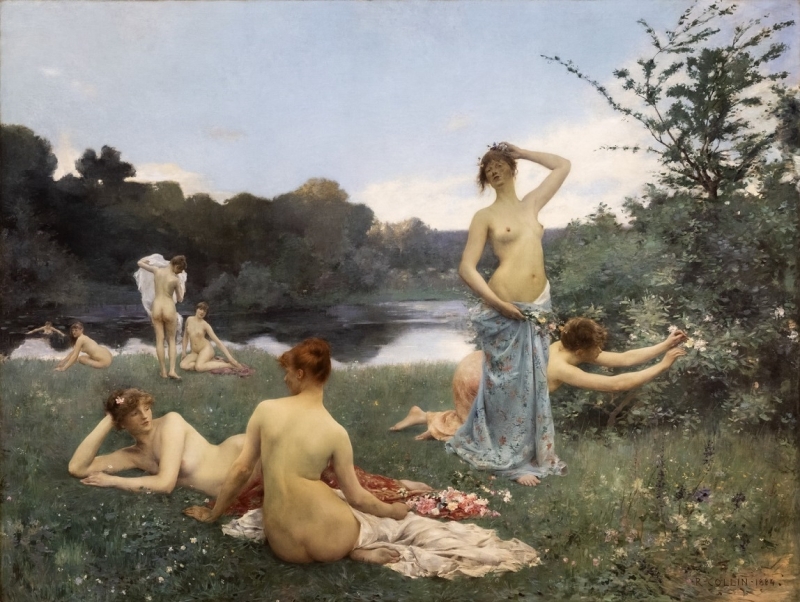
Fig. 10. Summer (Wikipedia.org)
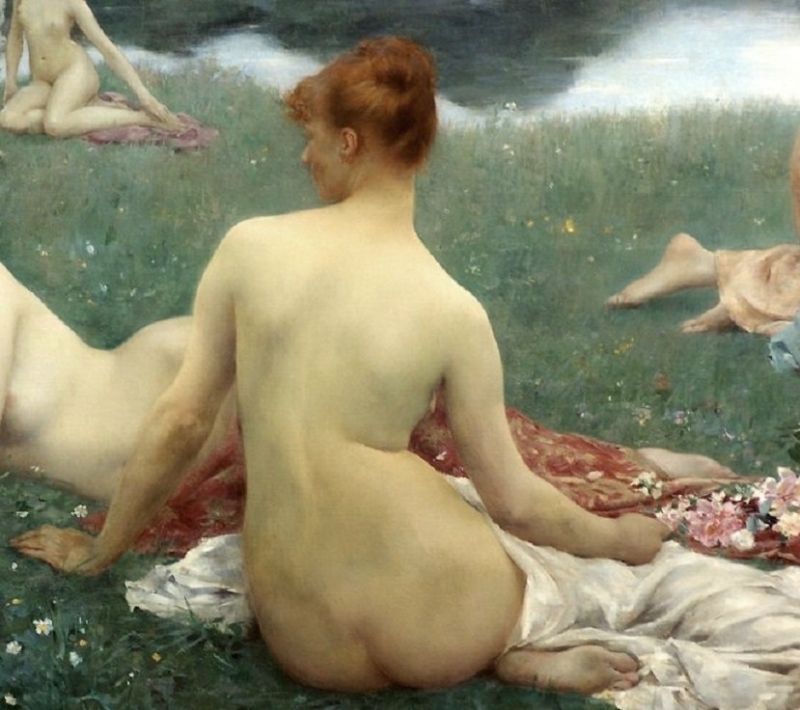
Fig.10a. (Summer) Detail
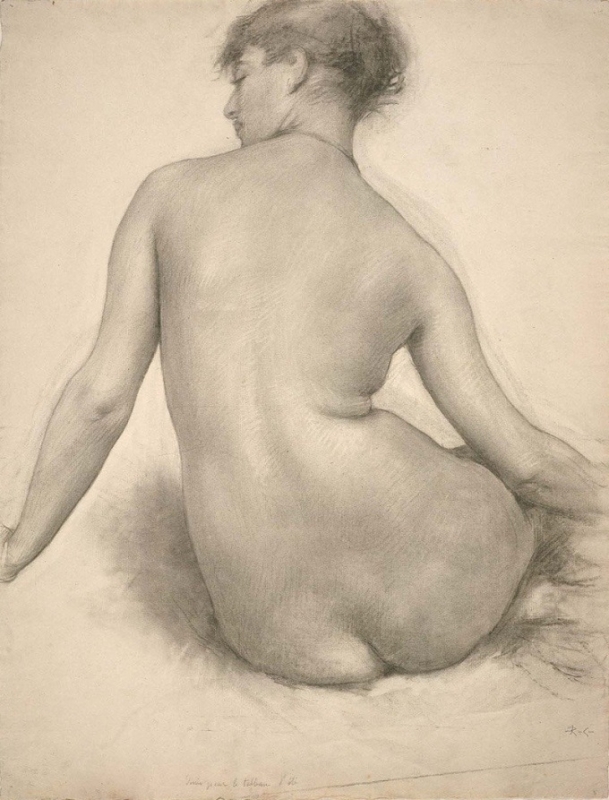
Fig.10b. Study for Summer
The Rising Sun Of Western Art
In Japan, Collin was popularized by the art dealer Hayashi Tadamasa. Tadamasa was a legendary figure who brought ukiyo-e to Europe in the 1880s and, vice versa introduced Western art to the Eastern viewer. The policy of openness to the Western world in the Meiji period provided young Japanese artists the opportunity for cultural exchange. A group of such artists arrived in France to study fine arts. The figure of Raphaël Collin fitted for the mentorship right because of the painter's adherence both to Renaissance and modern traditions. At the same time, as mentioned by Tanaka Atsushi in the account of the life of Kuroda Seiki, Collin might be chosen just because of communicative issues. One of Kuroda's colleagues, Fuji Masazo, who became Collin's pupil earlier, could translate the instructions of the French artist. His tradition was represented in Japan by Kuroda Seiki and Kume Keiichirō, who assumed professorships at the Tokyo Fine Arts School. The influence of Collin can be seen in some of Kuroda's works, such as The Fields (1907).
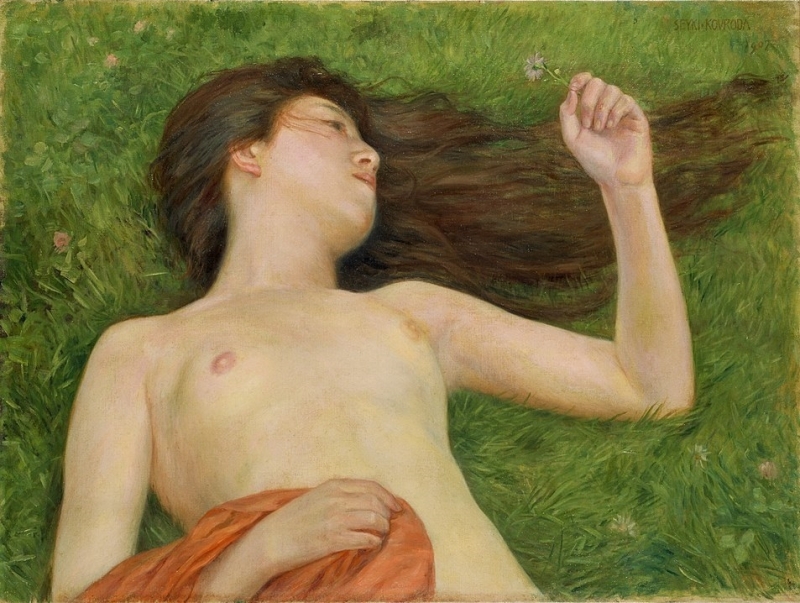
Fig. 11. The Fields, 1907, Kuroda Seiki (Wikipedia.org)

Fig. 12. A Pensive Moment (boverijuancarlospintores.blogspot.com)

Fig. 13. After the Bath (artnet.com)
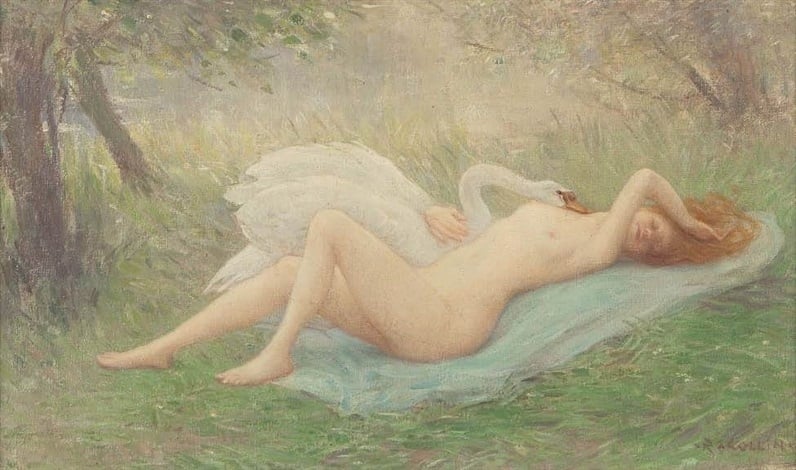
Fig. 14. Nude with a Swan (askart.com)
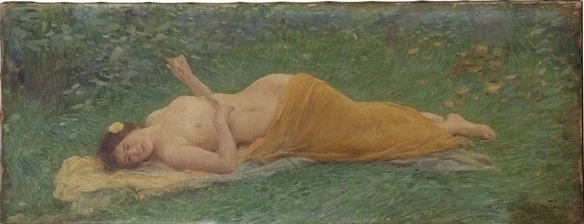
Fig. 15. Nude On the Grass (artnet.com)

Fig. 16. A Dance of Summer (bukowskis.com)
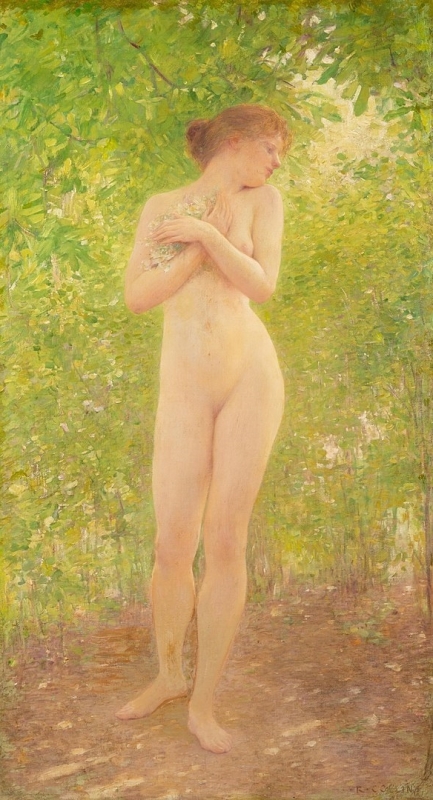
Fig. 17. Nude In the Woods (Wikipedia.org)
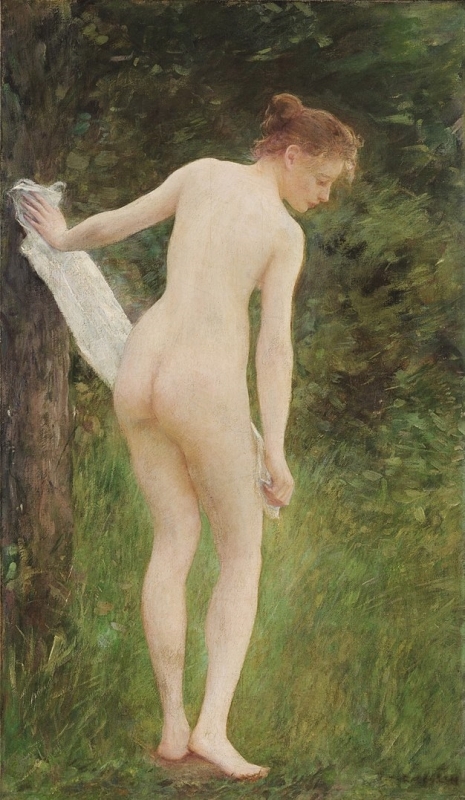
Fig. 18. Woman After Bath (Wikipedia.org)
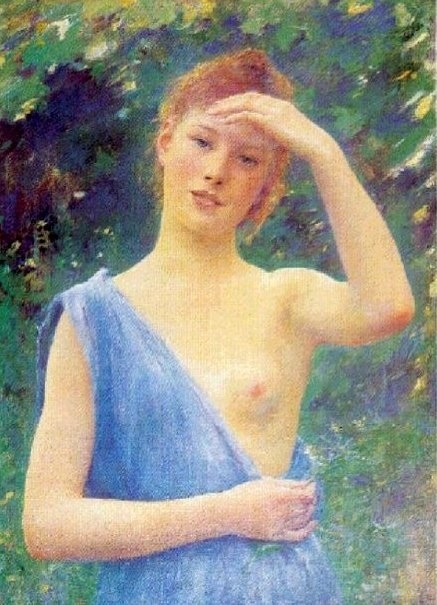
Fig. 19. Adolescence (conchigliadivenere.files.wordpress.com)
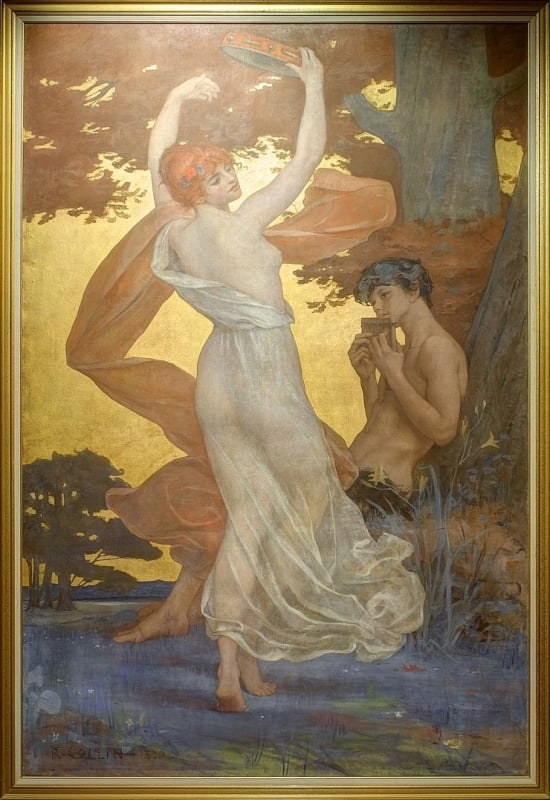
Fig. 20. Dance (Wikipedia.org)

Fig. 21. Sleeping Woman (boverijuancarlospintores.blogspot.com)
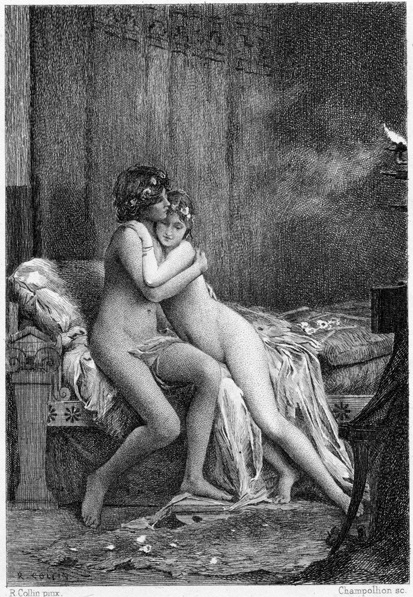
Fig. 22. Daphnis and Chloe (Wikipedia.org)

Fig. 23. Quietude (Wikipedia.org)
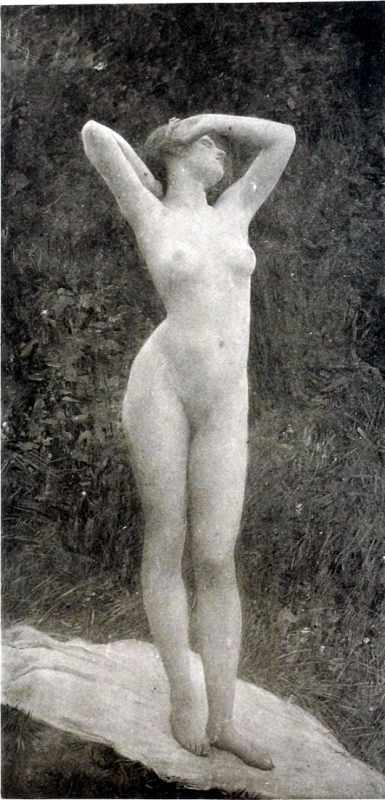
Fig. 24. Awakening (Wikipedia.org)
Illustrations for Pierre Louÿs' Aphrodite by Raphaël Collin, 1909...

Fig.25.
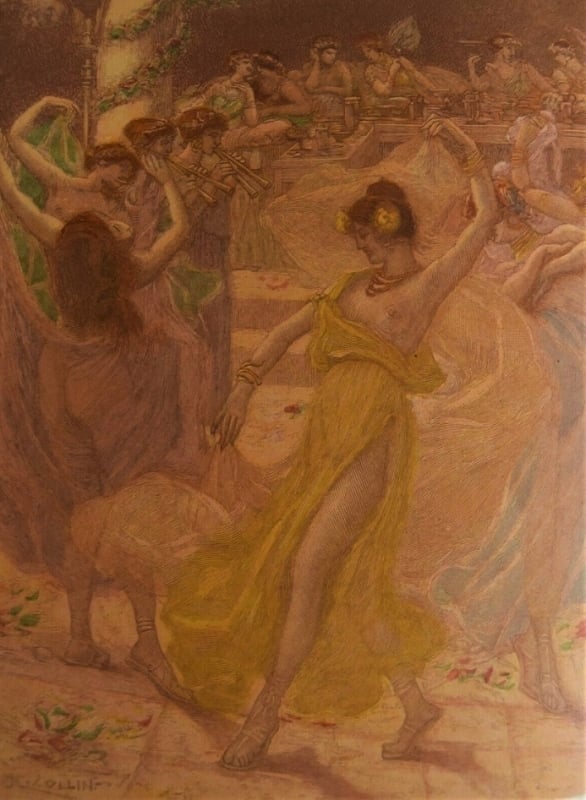
Fig.26.
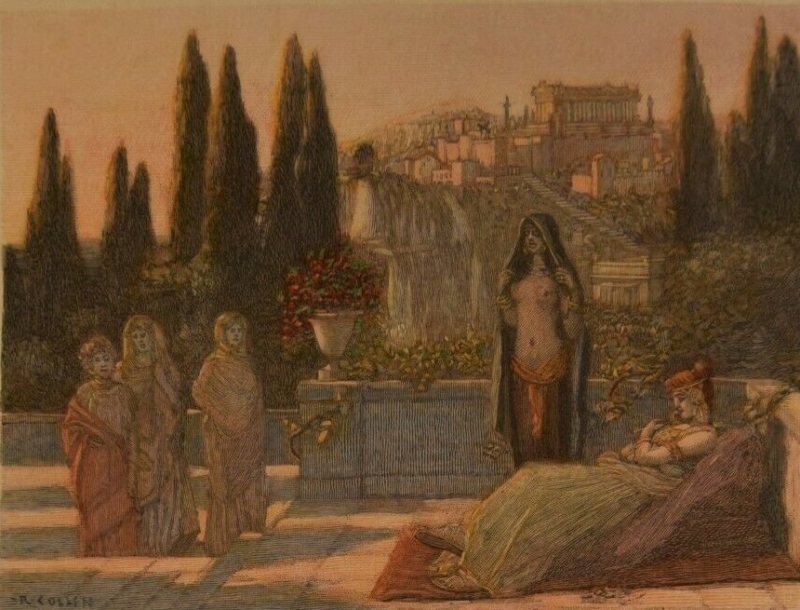
Fig.27.
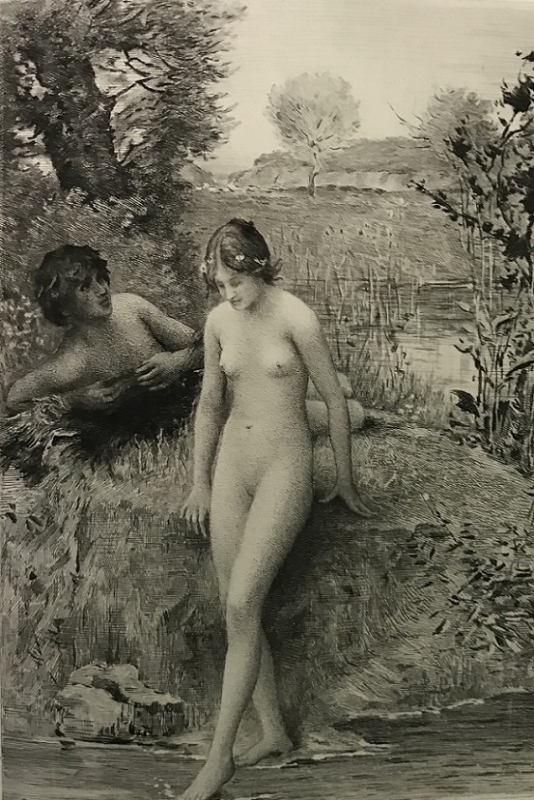
Fig.28. Daphnis and Chloe, 1890 (Twitter)

Fig.29. Daphnis and Chloe, 1890 (Twitter)
Click HERE for an article on the Satan servants and the spirit of Salem in the pictures of Félicien Rops
If you're a fan of sensual art and appreciate our content, you'll definitely enjoy Shunga Gallery Premium. For a sneak peek to what you can expect behind the curtain check out the following page now.
Sources: Wikipedia.org; tobunken.go.jp (Tanaka Atsushi. The Life And Arts of Kuroda Seiki)
